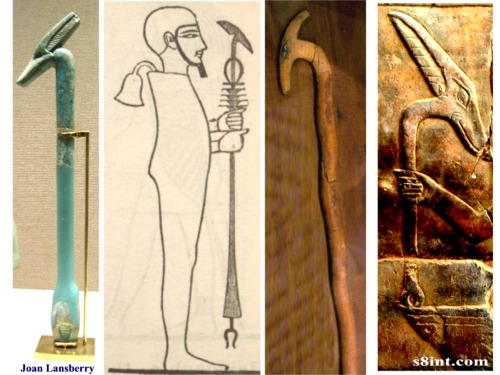The next observation came from Bob, who had contributed to the Egypt exhibition, which Mr Adie had mentioned earlier. Bob said that when Mr Adie had spoken about the drawings, he (Bob) knowing that they were the ones he had brought, saw “something” appear inside.
“Self-approval,” said Mr Adie: “It is part of a state in which it appears and is seen. There is a flickering, a movement, and that surely indicates some kind of life. If you relate that flickering to my attention, and imagine, for a moment, thousands of impressions or influences arriving, you will understand it better. Of course it is flickering, because from every direction I am receiving these impressions and am subject to influences, and they are all of different levels, some finer than others. A light is flickering, a life is flickering. You see these subterranean sea-animals whose colour changes from deep blue to purple, in response to the causes working on them. But even that is slow compared to the thousands of things occurring within us, their mechanisms being much simpler than the human psyche.”
I think that what Mr Adie meant here was that something in us devalues our state, even when we can see a little, because it is “flickering”. It is as if we will not accept the reality that we were, to some extent, present, simply because our consciousness was not monolithic and unbroken. Mr Adie is saying here that the “flickering” is a sign that we are becoming sensitive to the many impressions always available in life.
What is “flickering”? In this context it means an “alternation of light and darkness”. Etymologically, our beloved Skeat tells us that the basic meaning of “flicker” is “to flutter, wave”. It is “a frequentative form” from the base FLAK, to beat, “the sense is ‘to beat slightly and often’.” It offers a fresh new perspective on consciousness, and an encouraging one. We are too absolute: we want a great state of infinite enlightenment, but this flickering state, although not the highest available to us, is a genuine engagement with the processes of life, and a stage on the ascending path.
Mr Adie continued: “If I could spit out the plum of complacent self-satisfaction, which is not the same thing at all as real satisfaction, that would be marvellous. If I could get rid of that … but I can’t do it once and for all. I have to keep trying to dispense with it, small efforts, repeated, and step by step, little by little, maybe it will go. Then I can know essence-satisfaction, which is a satisfaction of a different kind entirely.”
“See how rich our teaching is? I have to get rid of all that cheap self-satisfaction. And I am helped by remembering that there is such a thing as essence-satisfaction.”
Then, speaking to everyone, he said: “Well try this afternoon, try and worker simpler, for yourself, on your own line, not in order to bring something, but in order to work for yourself, so that you do not waste half a day. Maybe out of that there will be something to share. That is as it may be. But at least work for yourself. Try and see what goes on. It does not matter what it is you see as long as you are seeing.”
The first question after supper came from Lilly. She had been working in the kitchen where the atmosphere had been good. But in the afternoon, when she was not feeling well, it set off what she called “a process” in her. There was, she said: “a part of me looking around and criticising”.
Mr Adie was unsure she had not missed something: “But you said you weren’t feeling very well. Were you sick? Don’t interpret it. Say what happened. Do you mean that you were interpreting what was happening in the kitchen in an uncharitable way?”
“You see something, and you should pause before explaining it, and then, not give a very long answer. Really ask yourself: what is the cause? Otherwise, I drop into explanation, which always supports the mechanical processes in me.”
This was a point Mr Adie often returned to. After a slight pause he added: “It means that immediately I experience anything which makes me suffer, I look around for somebody to blame.”
“I didn’t see it quite like that,” said Lilly, and one can hear in her voice that she saw that she had brought an interpretation rather than an observation.
“No, but think about it,” said Mr Adie. “I feel sick, and with that I find myself criticising. It’s in the same category: things are associated this way. The thing may be different, but if it is negative, then it is associated with things of that gravity. And if I feel bad, I feel negative about that at once, and so it gets associated with other negative things. It is so.”
Joseph Azize, 8 September 2018
